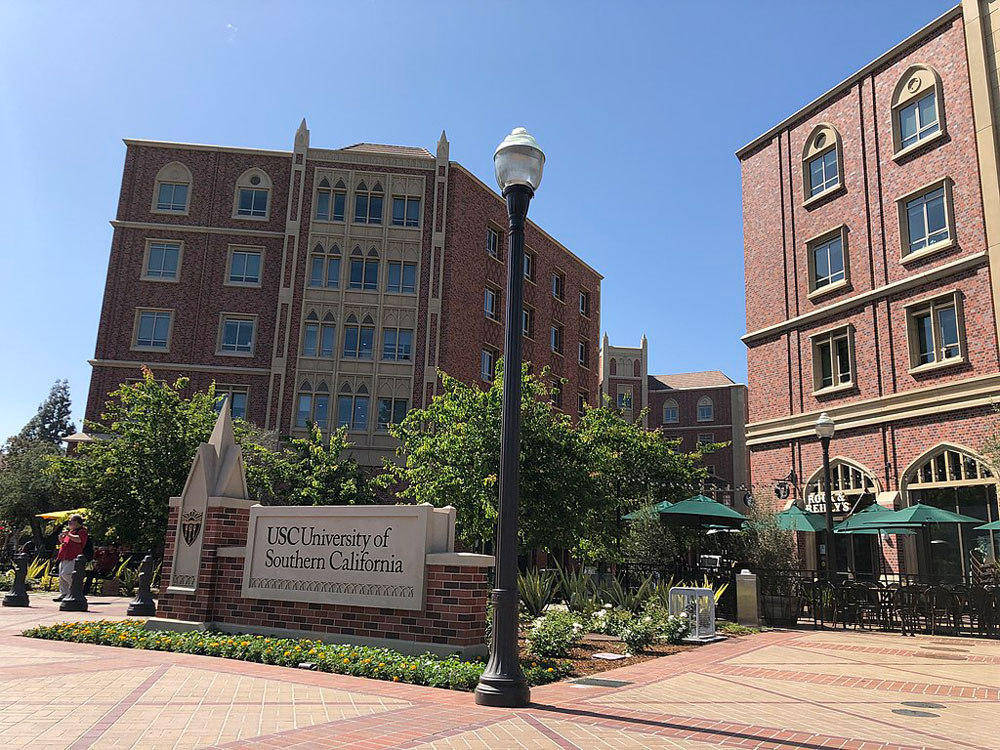
February 20, 2020; Los Angeles Times and New York Times
The University of Southern California (USC) in Los Angeles has announced that it will eliminate tuition for families earning $80,000 or less annually. The university also said that it will exclude family home equity from its financial aid calculations, a recognition that the high cost of real estate in California could otherwise exclude students from working class families from attending.
The new policies, announced by USC President Carol Folt, are similar to those already adopted by the state’s University of California public system.
As Teresa Watanabe observes, USC, although a wealthy private university, is not as wealthy as Ivy League schools or Stanford. Watanabe notes that schools like Harvard and Stanford “provide tuition-free educations to families earning as much as $150,000 annually,” but have far higher endowments. According to Watanabe, Harvard’s endowment is $40.9 billion, and Stanford’s is $27.7 billion, while USC’s is $5.7 billion.
The new policies will be phased in with first-year students enrolling in fall 2020 and spring 2021. USC estimates that about one-third of each entering class of about 3,000 students will qualify. “At USC,” Watanabe notes, “The total cost of attendance for 2019–20, including housing, food, books and materials, is $77,459, with tuition alone at $57,256. By comparison, annual costs at the University of California (UC) total about $36,100, with resident tuition at $12,570.”
Over the last decade, USC has increased its share of low-income students to 21 percent, which is less than the 30 percent at the nearby University of California, Los Angeles campus, but higher than Harvard’s 16 percent. On its website, USC says that 23 percent of its students are from families with low enough incomes to qualify for federal Pell grants, compared to an average of 14 percent among the nation’s top 25 private universities.
Sign up for our free newsletters
Subscribe to NPQ's newsletters to have our top stories delivered directly to your inbox.
By signing up, you agree to our privacy policy and terms of use, and to receive messages from NPQ and our partners.
Folt tells Watanabe that USC chose $80,000 as its cutoff number to bring its admissions policies into parity with the offerings of UC campuses and to align with California’s median household income, which was $71,000 in 2017. At present, about 57 percent of students at UC schools come from families making less than $80,000 a year, Watanabe reports.
Of course, as Anemona Hartocollis points out in the New York Times, the move by USC comes just one year after last year’s “Varsity Blues” college admissions scandal, “in which numerous wealthy parents were accused of bribing their way into the school.”
“It’s fitting that USC, which was at the center of the Varsity Blues scandal, would take this important step,” Richard D. Kahlenberg, a senior fellow at the Century Foundation, tells Hartocollis. Kahlenberg notes that while free tuition might help USC attract more students from low- and moderate-income families, to truly change the socioeconomic balance of its student body, the school, he contents, would probably have to admit some applicants with lower SAT scores, since these scores tend to correlate strongly with the advantages that come from growing up in a higher-income family.
Indeed, as NPQ has noted, the playing field is highly skewed. Or, as a recent report from the American Talent Initiative points out, “Talent is broadly distributed, but opportunity is not.”
More broadly, Hartocollis notes that USC’s action falls into a broader pattern. “The free-tuition movement,” she notes, “has been concentrated at opposite ends of the educational spectrum, in community colleges in cities like Chicago and states like Tennessee, as well as in the most elite schools.” Meanwhile, relatively few affordable options are available for low- and moderate-income families at schools that fall in between these two ends of the university spectrum.—Steve Dubb













